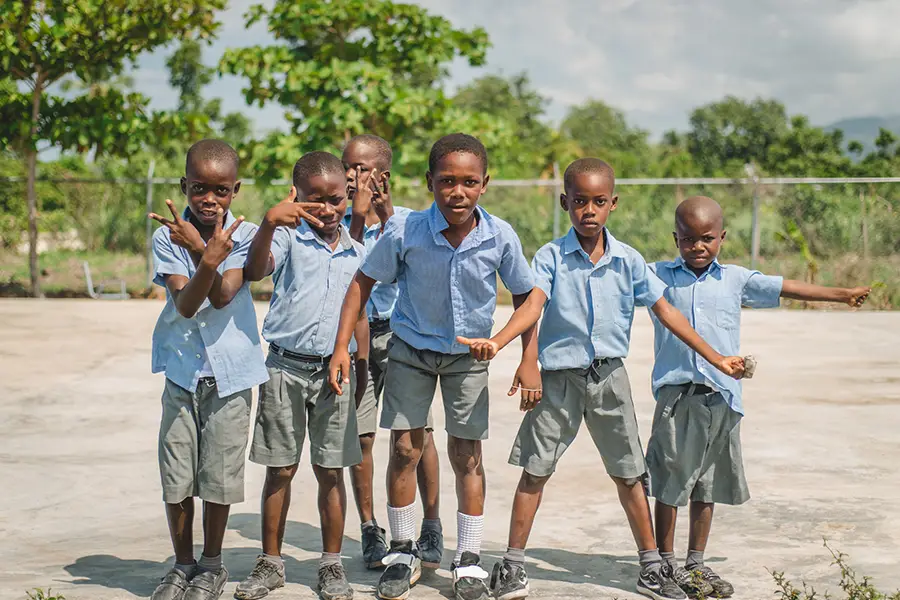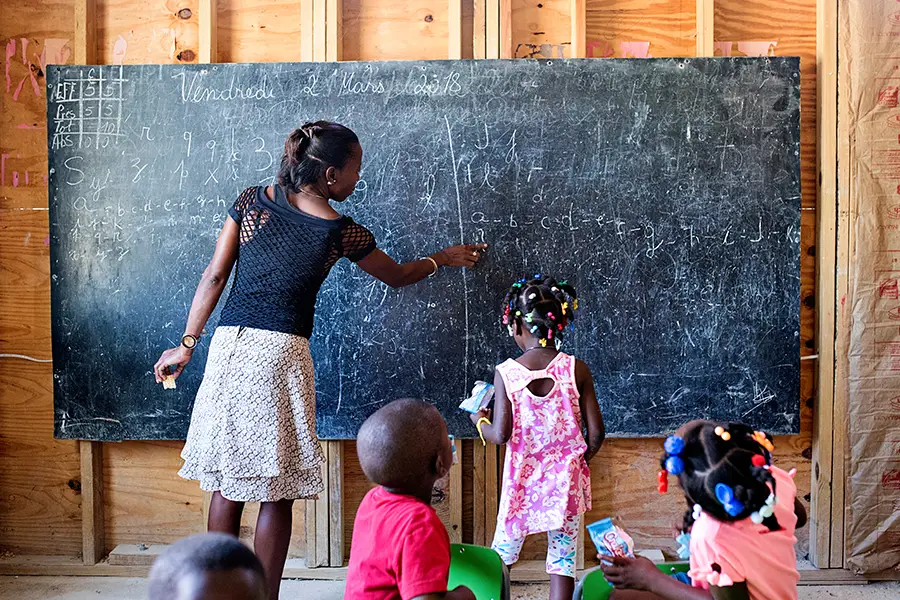Country Overview Haiti



Haiti
Our Focus
With deep roots in Haiti, our organization is committed there for the long-term. We’ve devoted years to supporting a wide range of programs like a primary school, church, medical clinic, Savings & Microfinance Program, Professional School, church planting efforts, and more. Our local staff faithfully serve day in and day out, despite facing significant challenges. Join us in praying for this struggling island nation and consider how God might be asking you to come alongside as we endeavor to inspire HOPE in families and communities here.
Data & Statistics
Haiti at a Glance

Tropical
Climate

10,788,450
Population

94.8% Christian
Religion

Haitian Creole
Language

Caribbean
Region
Details
Haiti Information
Weather
The temperature in Haiti varies very little throughout the year. The average temperature is around 90°.
Religion Detailed
Roman Catholics make up 55% of the population, with Protestants making up the next largest group at 28%. Many Haitians also believe in certain elements of Voodoo.
Poverty
59% of Haiti's population live below the poverty line and 25% live in extreme poverty making less than $1.90/day.
Labor
More than ⅔ of labor force in Haiti do not have formal jobs.
Human Development Index
169/189
Undernourished Food Insecurity
49.3% of total population is undernourished
Currency
$1 USD = 111 Haitian Gourde (HTG)
Demographics
Haiti’s population is 95% black; they trace their roots to African slaves who were brought to the island centuries ago. In the late 1700’s, these slaves became the first to successfully revolt and end France’s rule.
Kids In Orphanages
8/10 kids who are in the orphanage system have one or both of their parents living. Many parents believe their child may have a chance at a better life in an orphanage.
Economy
Haiti is the poorest country in the Western Hemisphere, with nearly 60% of the population living under the national poverty line. Much of the economy depends on agriculture, which is frequently vulnerable to natural disasters. Additionally, more than two-thirds of the workforce do not have formal jobs.
